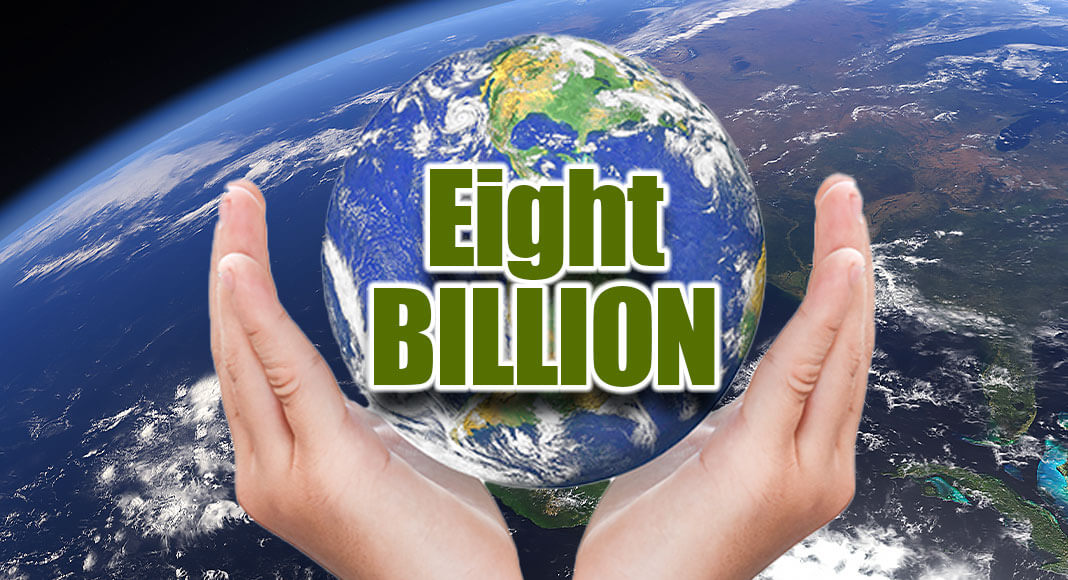
Texas Border Business
World population recently reached the eight billion milestone according to estimates from the United Nations. That’s up from about 2.5 billion people in 1950, with a gain of a billion since 2010. However, population growth rates are falling, and the total will likely peak at around 10.4 billion in the 2080s.
The United States remains the third-most-populous nation, with 337 million residents. China currently has the largest population (over 1.4 billion), just slightly above India. However, the Chinese population is shrinking, and India is projected to surpass China next year.
Growth rates are quite uneven across countries. Some two-thirds of the global population lives in countries or areas where lifetime fertility is below 2.1 births per woman, approximately the level required for zero growth on a sustainable basis. Projections show declining populations in 61 countries between 2022 and 2050. For many high-income countries, international migration has been the sole source of population expansion for decades, a trend which is expected to continue.
Conversely, over half of the projected increase in global population through 2050 will occur in just eight countries – the Democratic Republic of the Congo, Egypt, Ethiopia, India, Nigeria, Pakistan, the Philippines, and the United Republic of Tanzania. One reason for this phenomenon is the current age distribution, with large proportions of women of childbearing age, a pattern which gradually diminishes over time.
There is a decidedly positive trend in most countries of sub-Saharan Africa, as well as parts of Asia, Latin America, and the Caribbean in that the share of the population of working age has been increasing. With more workers as a percentage of the total comes an opportunity for accelerating production.
As we consider the future, it becomes apparent that global economic progress is critical, particularly in rapidly growing nations. Otherwise, problems such as hunger and abject poverty will become much more acute. Over three billion people currently survive on $2.90 per day or less, with 700 million – more than twice the population of the United States – having less than $1.90 per day. Education is essential to such development, and in many countries, attainment is extremely low. Another key is adequate supplies of reliable energy. It is impossible for emerging economies to meaningfully develop without the power needed to support enhanced output. It is an inescapable fact, verified by the US Department of Energy and many other analysts, that an “all of the above” strategy is required, including both responsible fossil fuel utilization and rapid implementation of renewable resources. Climate goals are achievable alongside sufficient energy to permit greater prosperity. Failing to acknowledge and embrace that option is essentially consigning billions of people to lives of extreme poverty. We can do better. Stay safe!
______________________________________________________________________
Dr. M. Ray Perryman is President and Chief Executive Officer of The Perryman Group (www.perrymangroup.com), which has served the needs of more than 3,000 clients over the past four decades.












